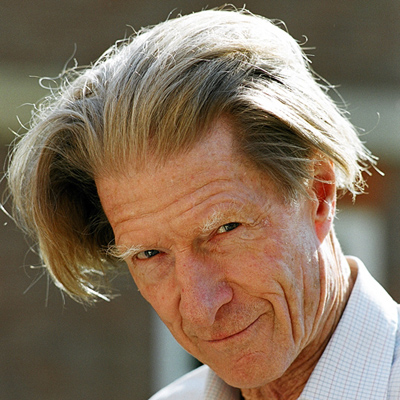Shinya Yamanaka. Image via Wikipedia
The 2012 Nobel Prize in Physiology or Medicine has today been jointly awarded to Shinya Yamanaka of Japan and John Gurdon of the UK for their stem cell research work around cellular reprogramming.
According to the Nobel Prize, the two scientists have revolutionised our understanding of how cells and organisms develop for their discovery that “mature cells can be reprogrammed to become pluripotent”.
The two scientists, who carried out their stem cell experiments more than 40 years apart, showed that mature, specialised cells can be reprogrammed to become immature cells that are capable of becoming any other cell in the body.
It was in 1962 that Gurdon made the discovery that that the specialisation of cells is reversible. He replaced the immature cell nucleus in an egg cell of a frog with the nucleus from a mature cell that was derived from the intestine of a tadpole. This modified egg cell developed into a normal tadpole.
His technique would later pave the way for the first cloned mammal Dolly, the sheep. Born in 1996, Dolly was cloned from an adult cell.

John Gurdon. Image via Wikipedia
Then, in 2006, Yamanaka discovered how mature cells in mice could be reprogrammed back into youthful stem cells using only a few genes.
Recognising the two scientists today, the Nobel Prize said in a statement: “By reprogramming human cells, scientists have created new opportunities to study diseases and develop methods for diagnosis and therapy.”
Born in 1933 in Dippenhall in the UK, Gurdon currently works at the Gurdon Institute, which is part of Cambridge University.
Yamanaka, who was born in 1962 in Osaka, Japan, is professor at Kyoto University and also affiliated with the Gladstone Institutes in San Francisco, California.